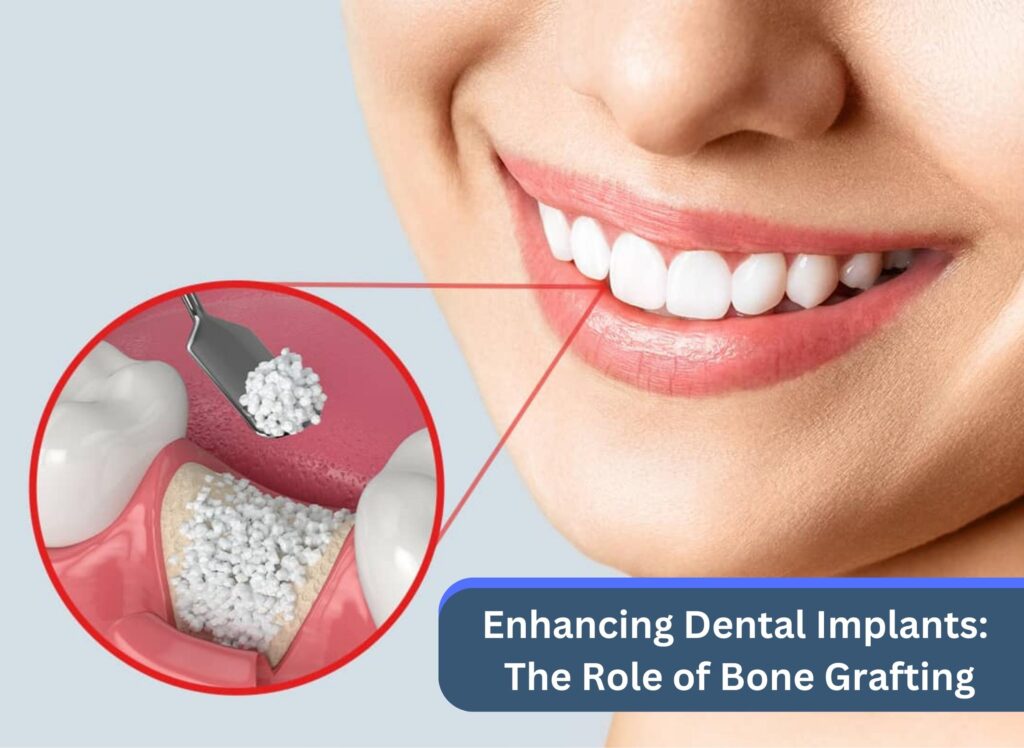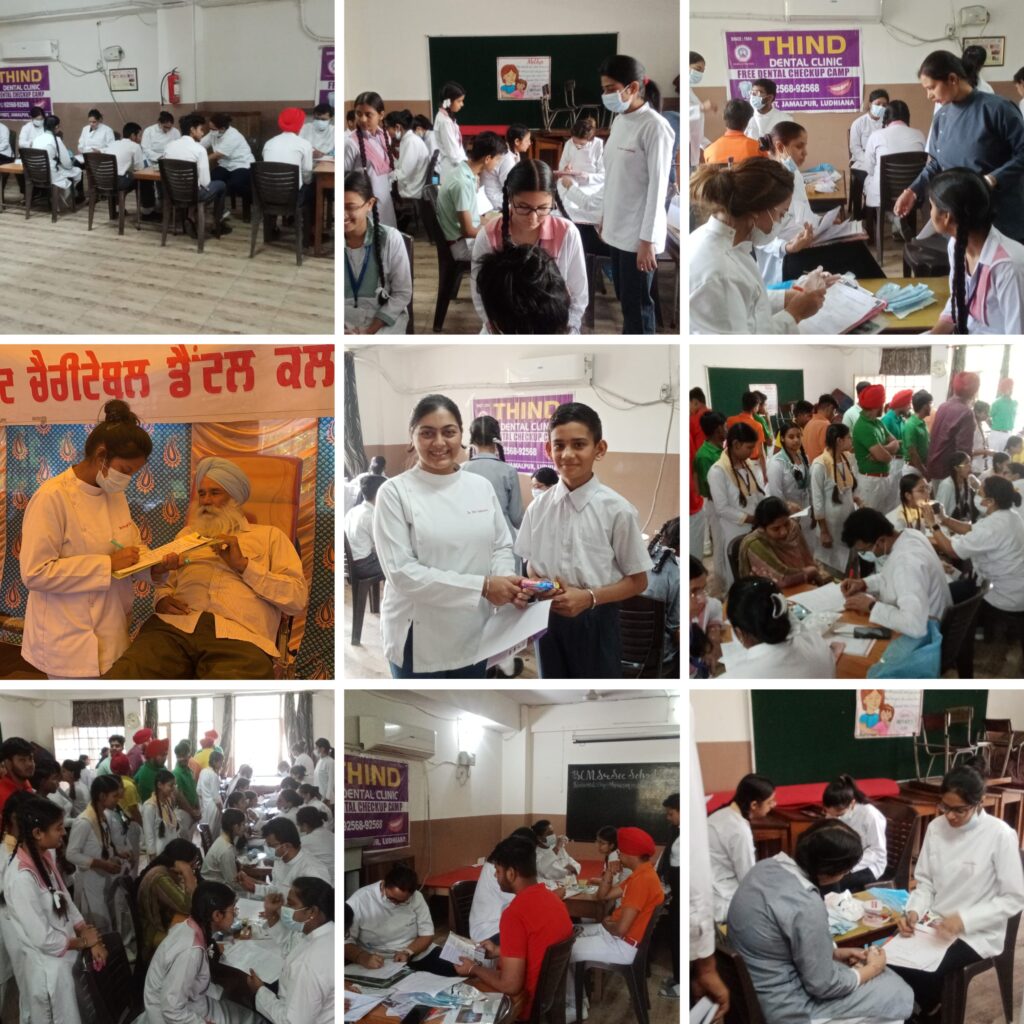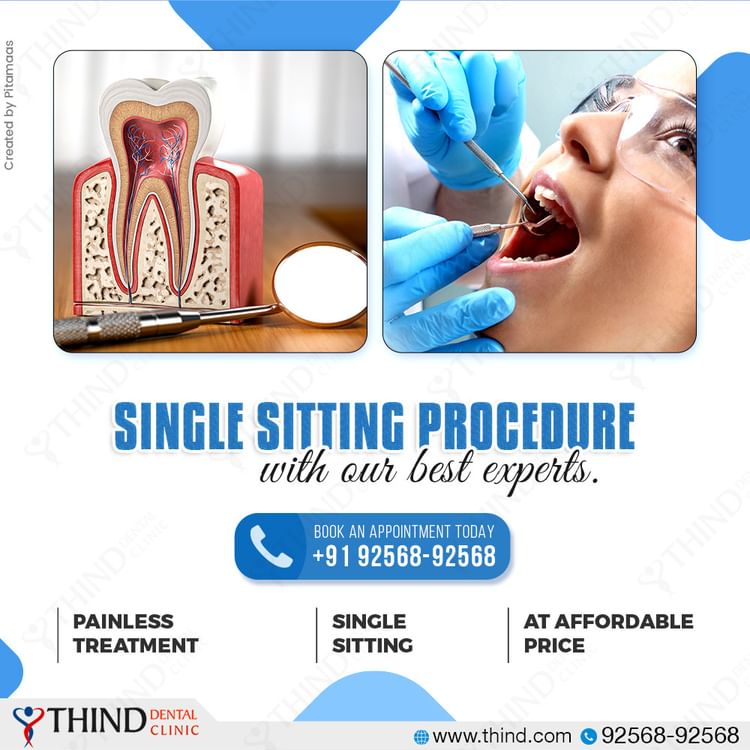Dental implants have revolutionized the world of dentistry, providing a reliable and aesthetically pleasing solution for replacing missing teeth. These tiny titanium wonders act as artificial tooth roots, offering stability and functionality that dentures and bridges often can’t match. However, for dental implants to be successful, they require a solid foundation. That’s where bone grafting comes into play.
The Foundation of Dental Implants
A dental implant consists of three essential components: the implant itself, the abutment, and the crown. The implant is surgically placed into the jawbone, where it fuses with the bone in a process called osseointegration. This integration ensures that the implant is stable and can support the abutment and crown effectively. However, not everyone’s jawbone is initially suitable for implant placement.
The Challenge: Insufficient Bone
Insufficient bone volume or poor bone quality in the jaw can present challenges for successful implant placement. Various factors can lead to bone loss, including tooth loss, gum disease, trauma, or simply genetics. Without adequate bone, implants may not integrate correctly, leading to implant failure or complications.
The Solution: Bone Grafting
Bone grafting is a surgical procedure that addresses the issue of insufficient bone for implant placement. It involves the addition of bone or bone-like material to the jaw to create a strong and stable foundation for the implant. This procedure is essential for individuals with bone deficiencies, as it can make dental implants possible when they otherwise wouldn’t be.
Types of Bone Grafts
Several types of bone graft materials can be used in the procedure, and your dentist will determine the most suitable option based on your specific needs. Here are some common bone graft materials:
1. Autografts: Bone is harvested from another area of your body, often the hip or chin. This type of grafting typically has the best success rate because it’s your bone and contains living cells. However, an additional surgical site is required.
2. Allografts: Donor bone is used, either from a human cadaver or a synthetic source. Allografts are processed to remove all living cells, minimizing the risk of rejection or disease transmission. They serve as a scaffold for your bone to grow onto.
3. Xenografts: These grafts use bone from animals, typically cows. Similar to allografts, xenografts are processed to remove all organic material. They also serve as a scaffold for your bone to grow.
4. Alloplasts: These are synthetic materials designed to mimic the properties of real bone. They provide a framework for your bone to grow into and are often used in combination with other graft materials.
The Bone Grafting Procedure
1. Consultation: Your journey with bone grafting begins with a thorough examination and consultation with your dentist. They will assess your oral health, and the condition of your jawbone, and discuss your options.
2. Preparation: If you and your dentist decide that bone grafting is the best course of action, you’ll prepare for the procedure. This may involve a dental cleaning, treatment for any active gum disease, and, in some cases, extraction of failing teeth.
3. Bone Graft Surgery: The actual bone grafting procedure is typically performed in a dental office using local anesthesia. To gain access to the jawbone, your dentist will make a small incision in your gum tissue. They will then carefully add the chosen graft material to the deficient area.
4. Healing: After the graft material is in place, the surgical site is sutured, and you’ll enter a healing phase. Over several months, your body will replace the graft material with your bone, making it strong and suitable for implant placement.
5. Implant Placement: Once the graft has fully integrated, and your dentist confirms that your jawbone is ready, you can proceed with dental implant placement. This step is often less complex than the bone grafting procedure itself.
Benefits of Bone Grafting for Dental Implants
1. Implant Viability: Bone grafting makes it possible for individuals with insufficient bone to receive dental implants, expanding the pool of eligible candidates.
2. Improved Aesthetics: Dental implants look and feel like natural teeth, providing a more aesthetic and functional solution compared to traditional dentures.
3. Prevent Further Bone Loss: Bone grafting not only supports implant placement but can also help prevent further bone loss in the jaw.
4. Long-Lasting Results: With proper care, dental implants can last a lifetime, offering a durable and reliable tooth replacement option.
5. Enhanced Quality of Life: Dental implants restore your ability to eat, speak, and smile confidently, improving your overall quality of life.
Conclusion
Bone grafting is a remarkable procedure that has transformed the world of dental implants, allowing countless individuals to enjoy the benefits of a complete and functional smile. If you’ve been told that you’re not a candidate for dental implants due to insufficient bone, don’t give up hope. Consult with a qualified dentist who can assess your situation and explore the possibility of bone grafting.
At Thind Dental Clinic in Ludhiana, we understand the importance of a strong foundation for dental implants. Our experienced dental professionals are skilled in bone grafting procedures and are dedicated to helping you achieve a confident and functional smile. Contact us today to schedule a consultation and discover how bone grafting can enhance your dental implant journey.
Remember, with bone grafting, the path to a complete and beautiful smile is within your reach.
For additional information or to arrange an appointment with us
You can contact us at +91-92568-92568
or visit us at:
THIND DENTAL CLINIC
11-12-13-14 H.I.G Market, Opposite Water Tank, Ludhiana, Punjab 141010.
Also Read:
Single Sitting Procedure: Painless and Affordable Dental Care at Thind Dental Clinic
Dental Care for Children: Expert Tips for Parents on Caring for Your Child’s Teeth
The Importance and Benefits of Regular Dental Checkups: Ensuring Optimal Oral Health
Professional Dental Implants: Restoring Smiles with Precision and Care at Thind Dental Clinic in Ludhiana

 Timings
Timings


